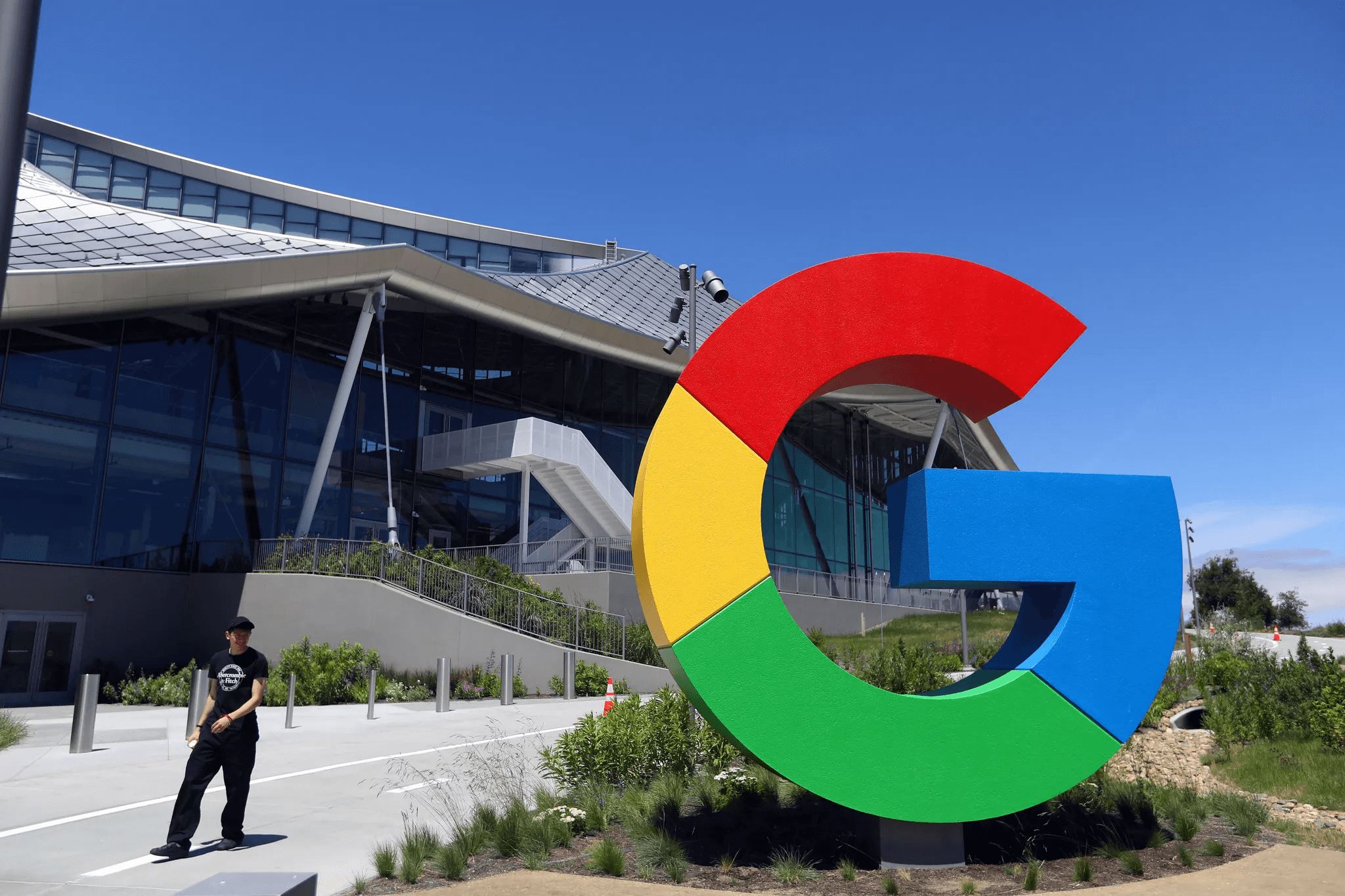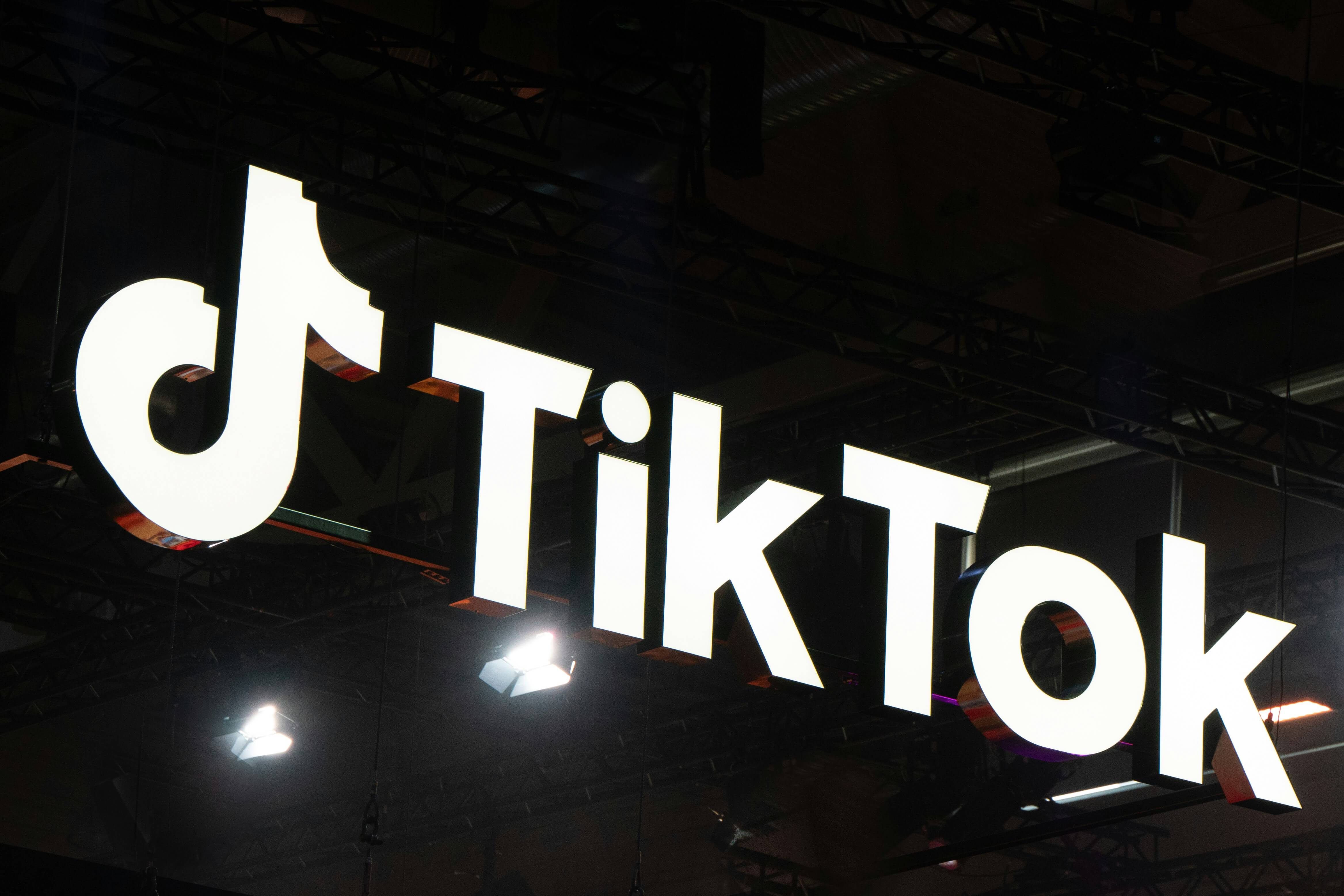Introduction
For the past three years, Google’s Performance Max has offered advertisers reach and scale through automation, but often at the cost of control. Targeting, budget distribution, and delivery insights were largely opaque. That trade-off created friction.
Now, Google is responding. With the rollout of channel-level reporting, deeper search term visibility, and asset-level performance insights, we’re seeing a philosophical shift towards transparency. These aren’t just interface upgrades, they mark a meaningful pivot toward advertiser empowerment.
Here’s why each update matters.
Channel-Level Reporting Brings Clarity Across Networks
Being able to break out performance by YouTube, Search, Display, and Discover is a big step forward. Before, spend and performance were lumped together, making it impossible to know what was working. Now, we can identify which placements are actually converting and optimize creative or copy accordingly.
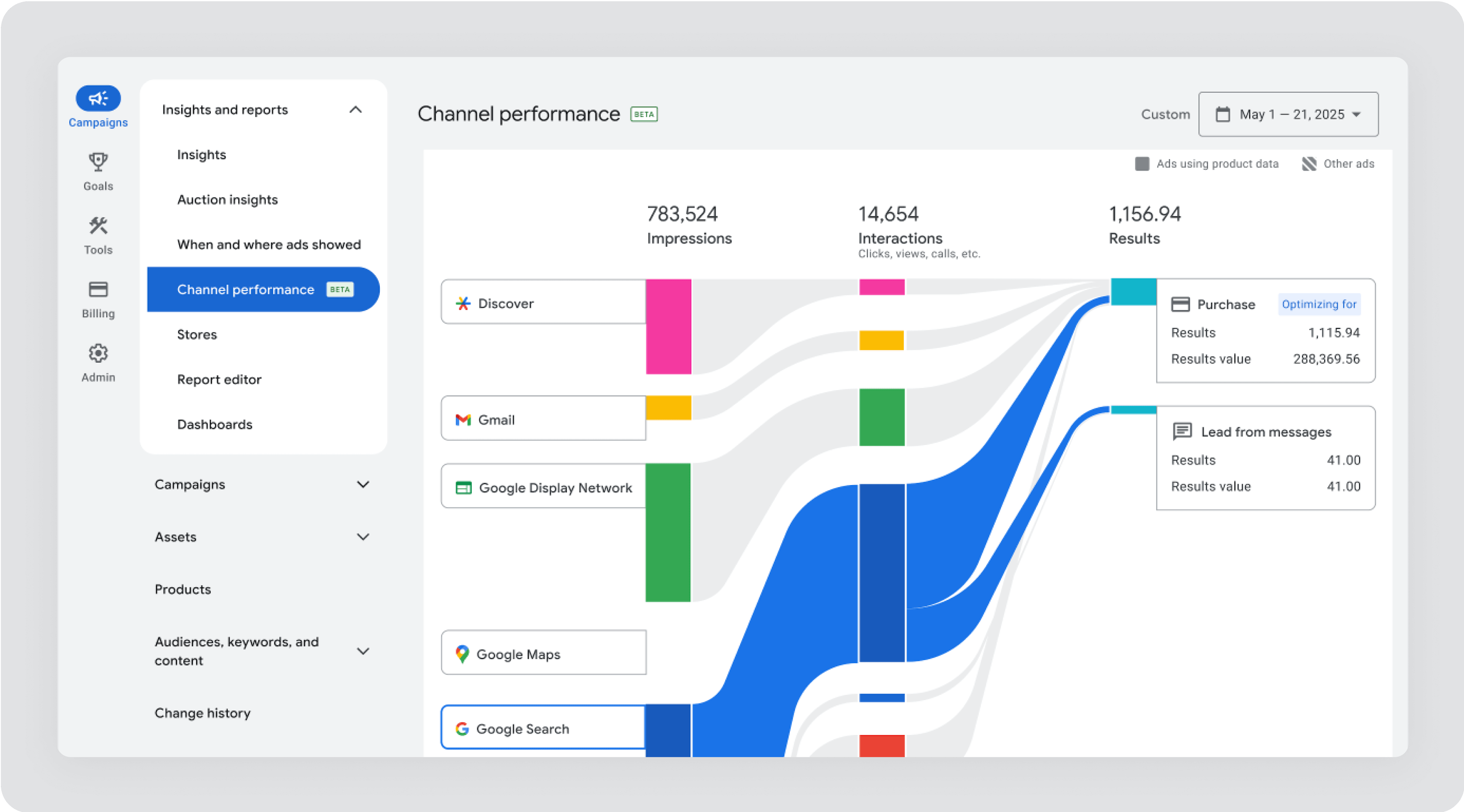
Search Term Insights Reinforce Targeting Confidence
With better visibility into the queries triggering ads, it’s easier to gauge intent and quality, not just volume. For advertisers focused on qualified leads, this update makes campaign inputs far more actionable. It also reinforces confidence in targeting by showing how the algorithm is interpreting signals.
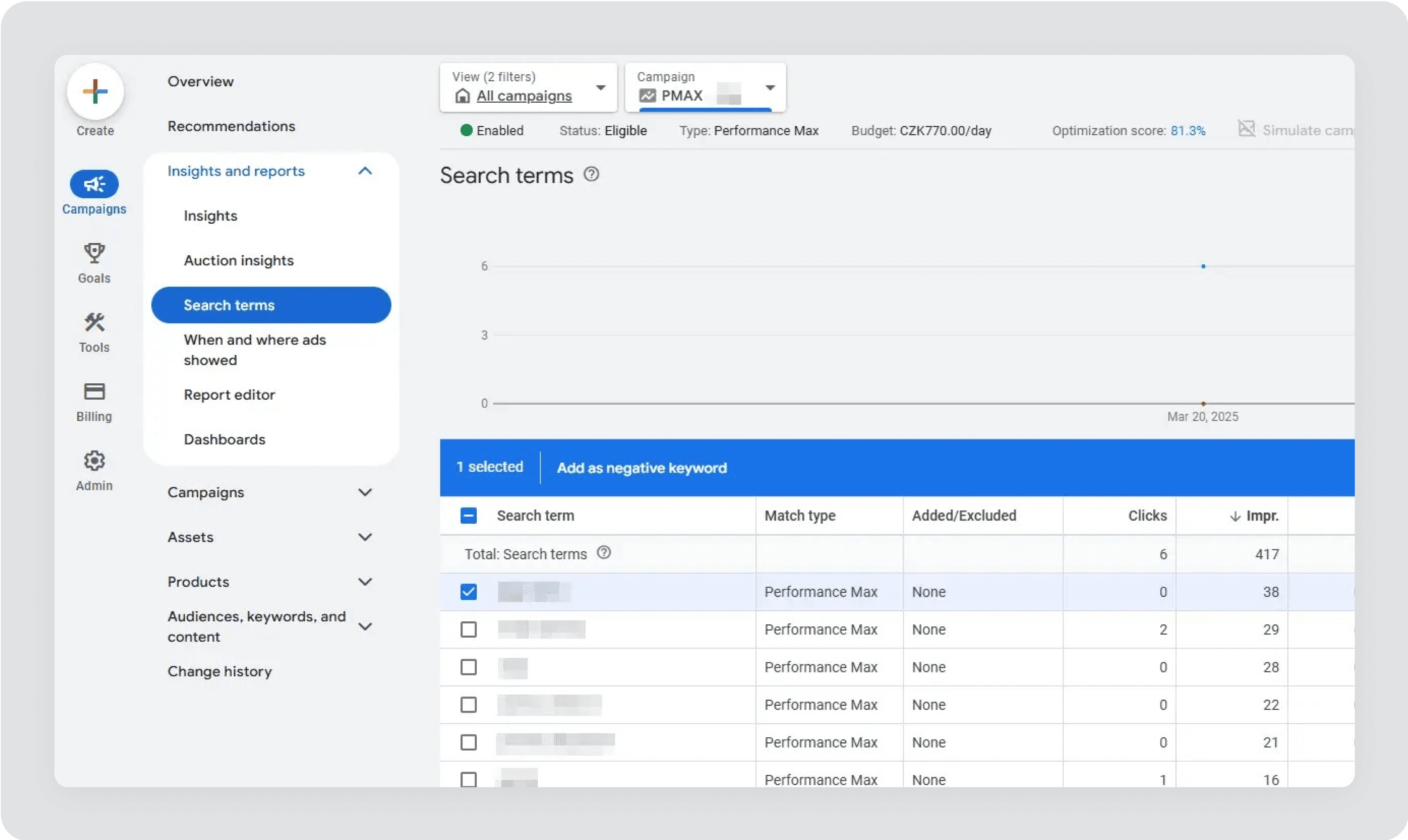
Asset-Level Performance Unlocks Creative Accountability
Now we can see exactly which headlines, descriptions, images, and videos are pulling their weight. That transforms creative from guesswork into a performance lever. Testing becomes more precise, and optimizations are based on real impact, not assumptions.
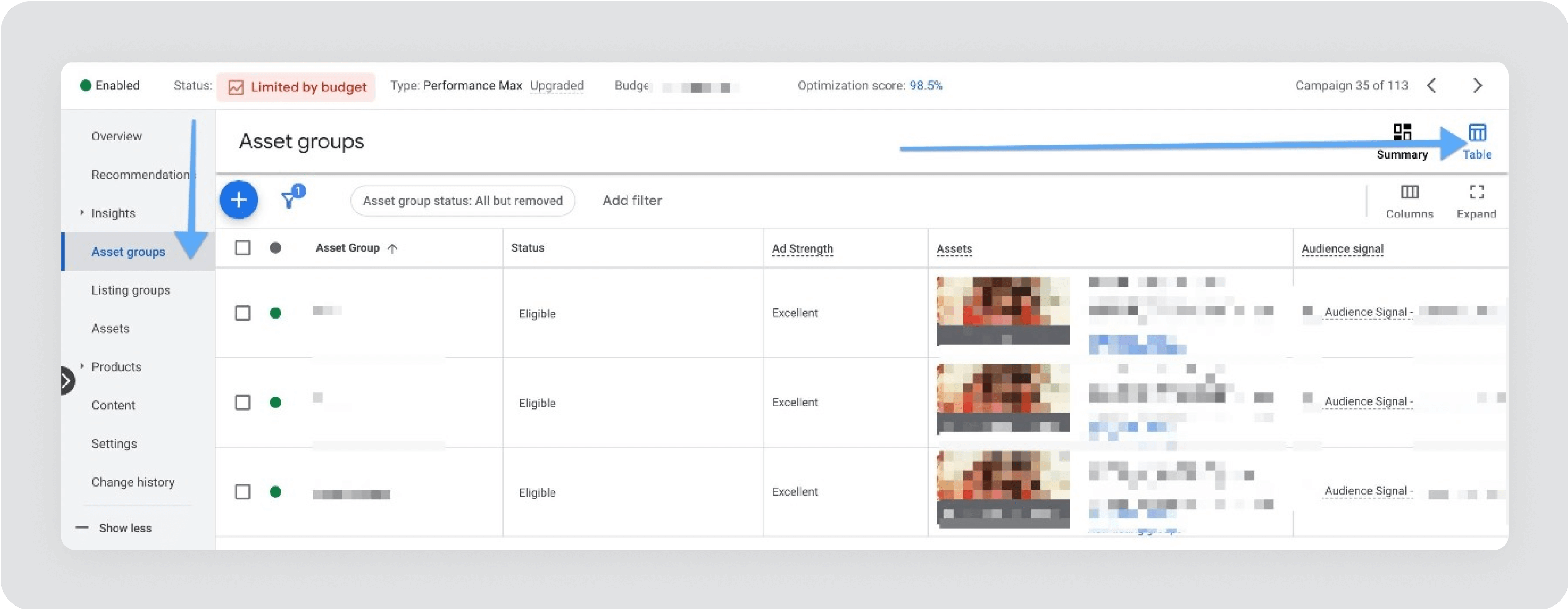
This Isn’t Just a Product Update. It’s a Strategic Pivot
These improvements arrive at a critical time. Performance Max hit peak spend in May 2024, but that momentum has slowed. Advertisers have grown wary of pouring budget into a system they can’t fully evaluate. These updates feel like Google’s response: a signal that they’re listening, and adapting.
Final Thoughts
This is a welcome evolution. Google’s changes reflect the real frustrations advertisers have voiced and open the door to smarter, more confident campaign management. For brands focused on lead generation and conversions, that clarity can make all the difference.
